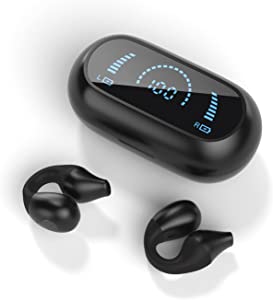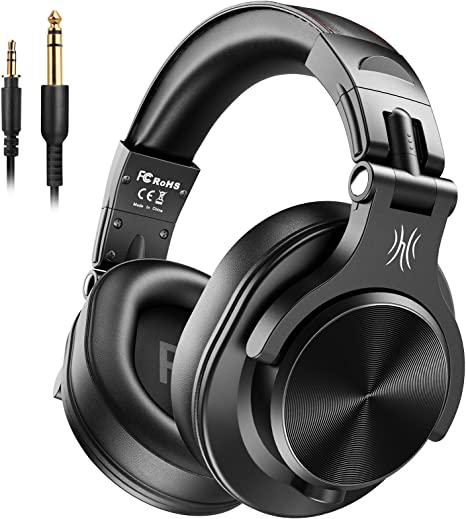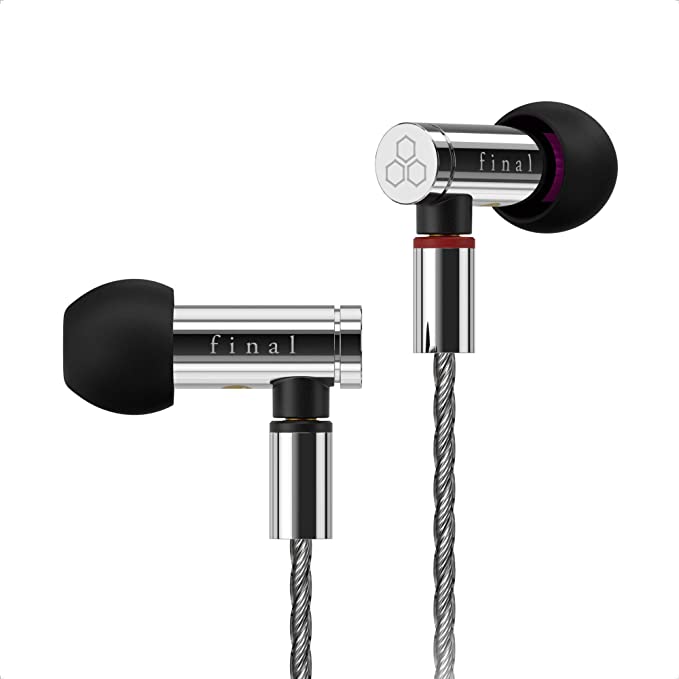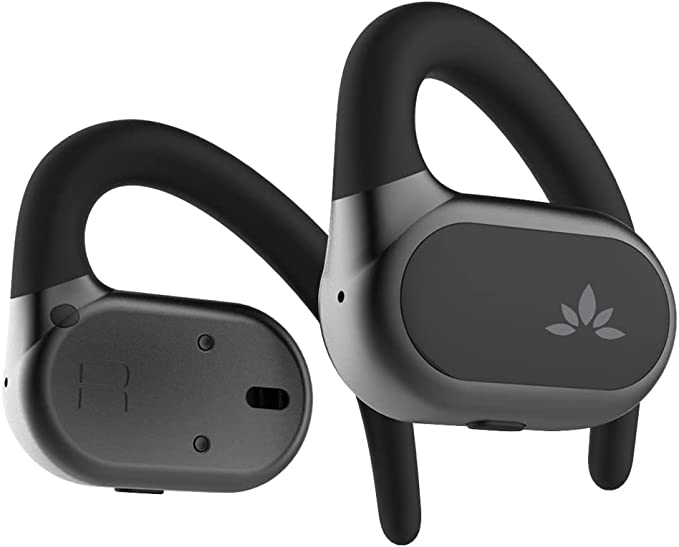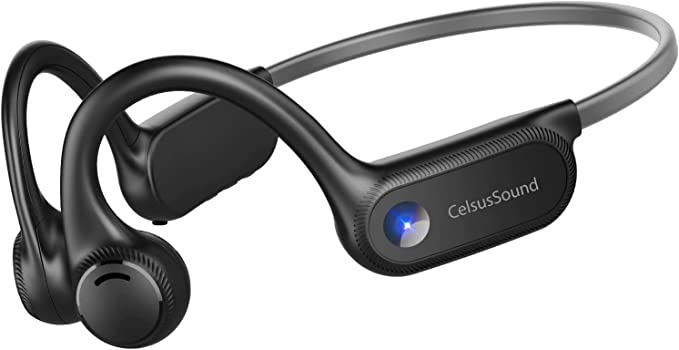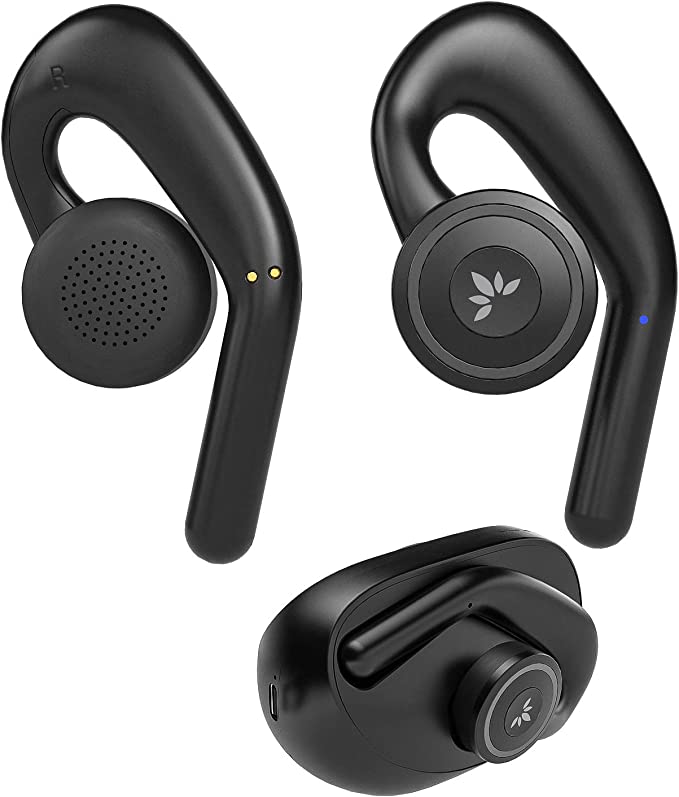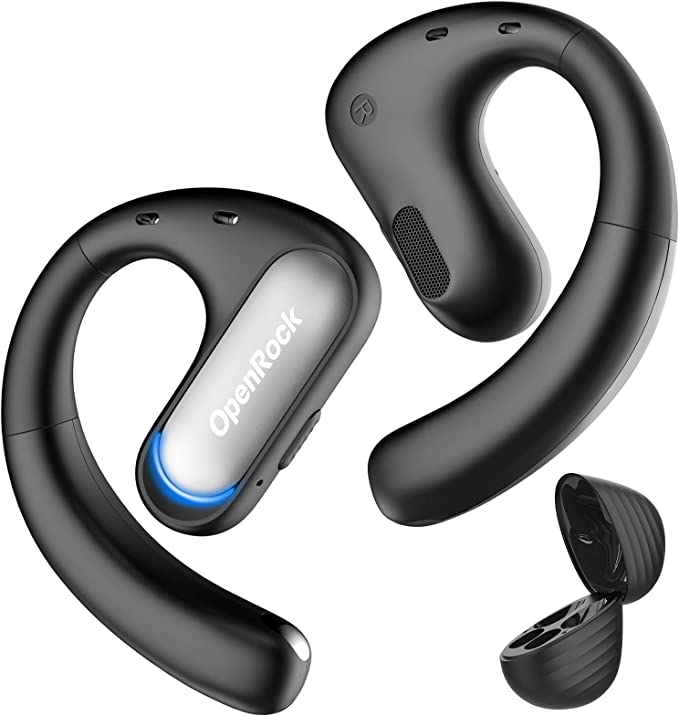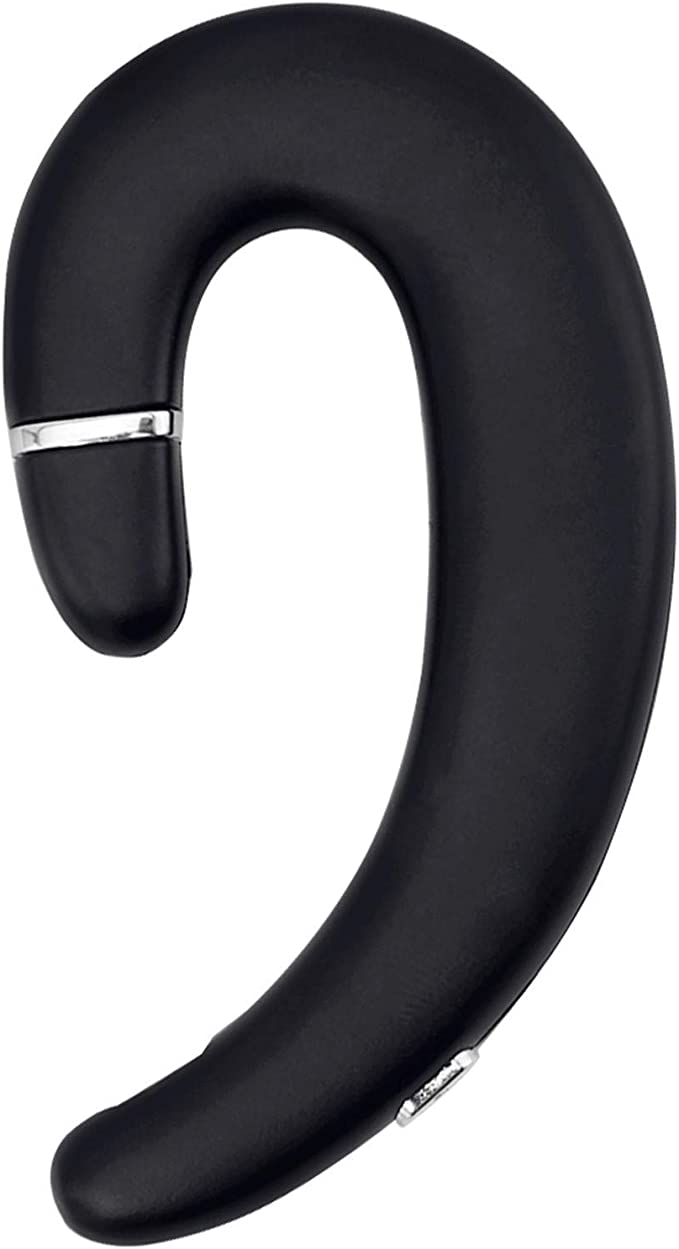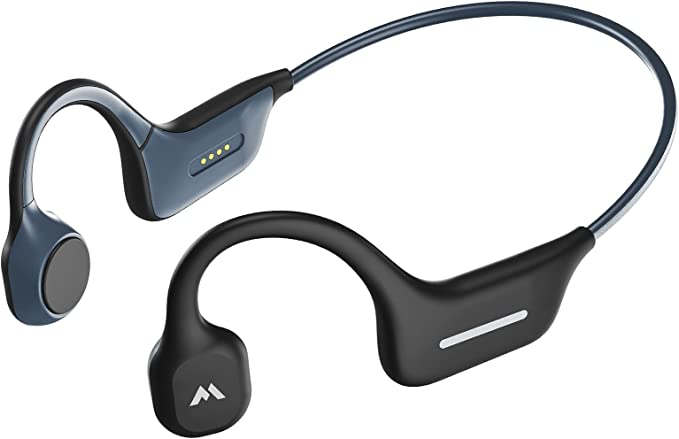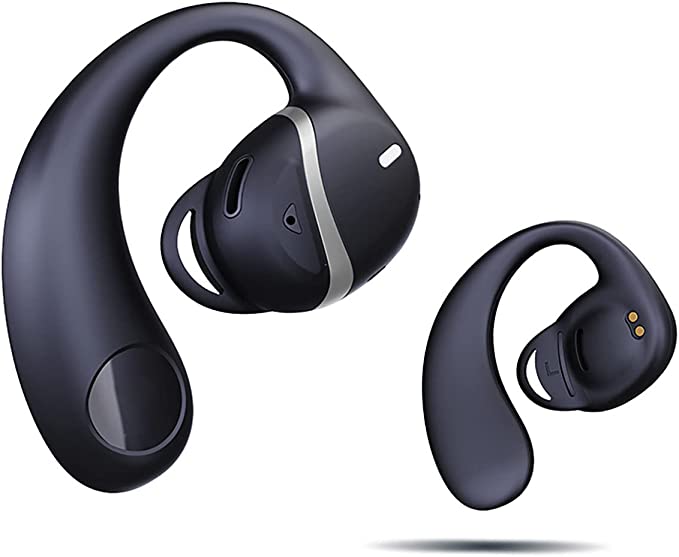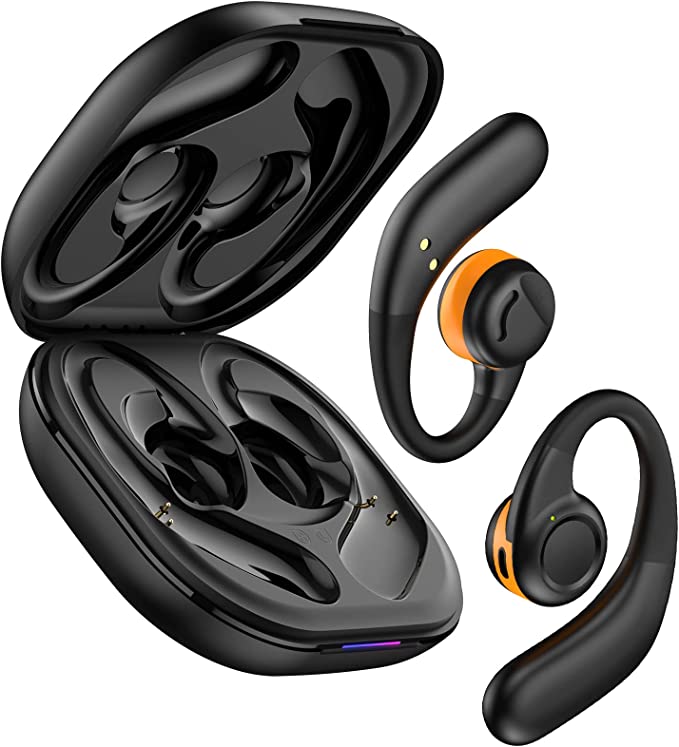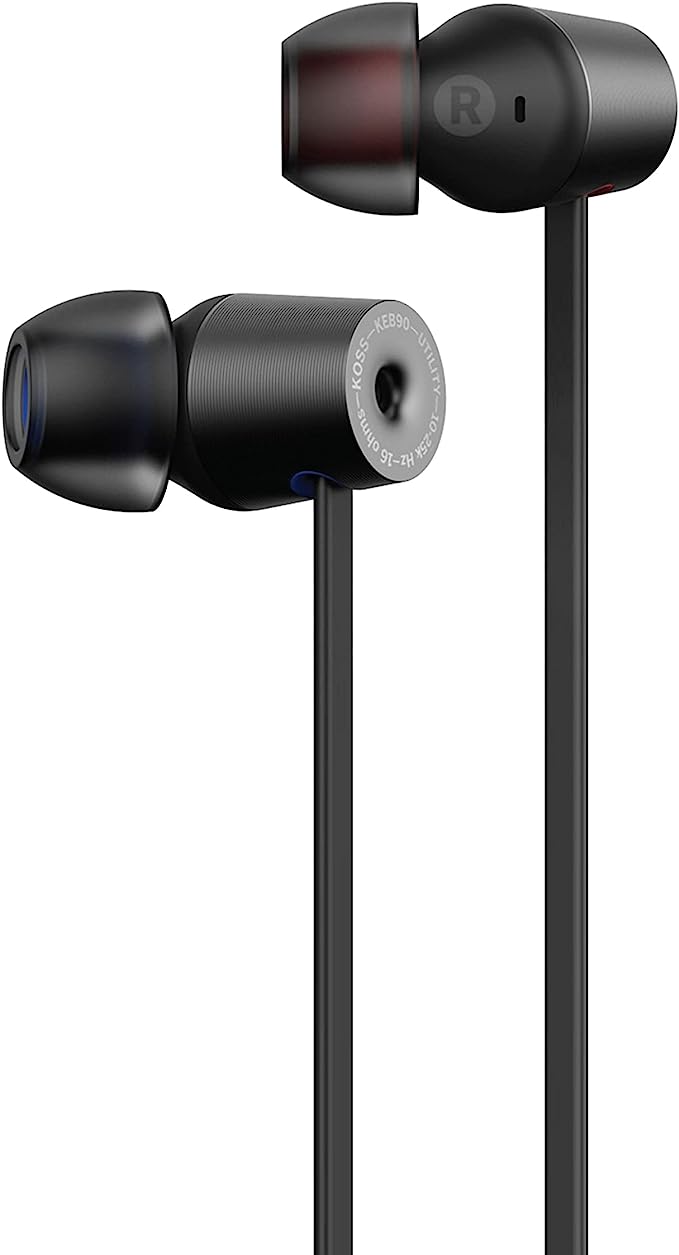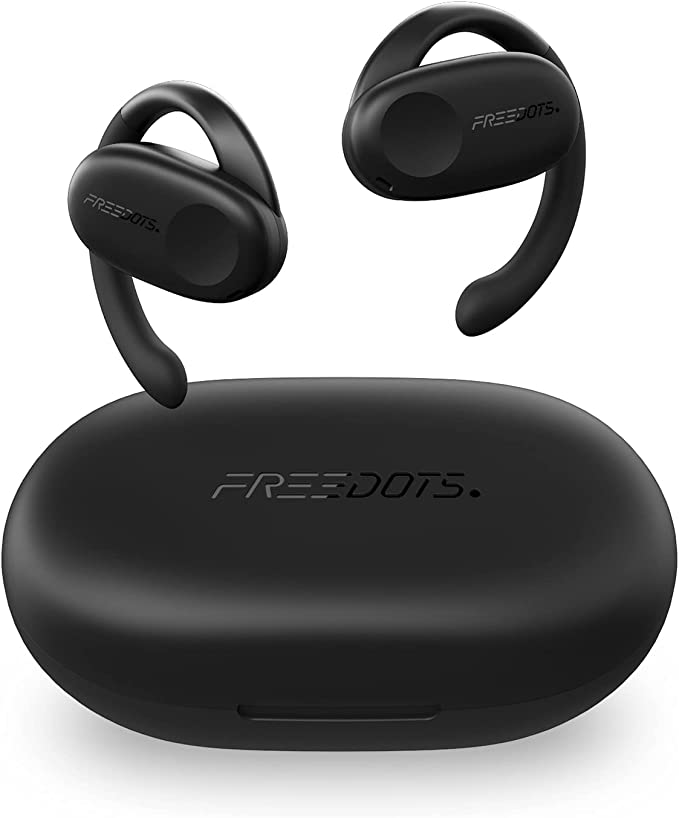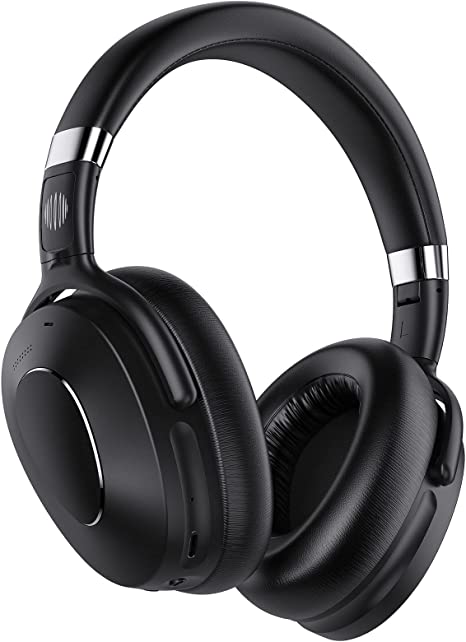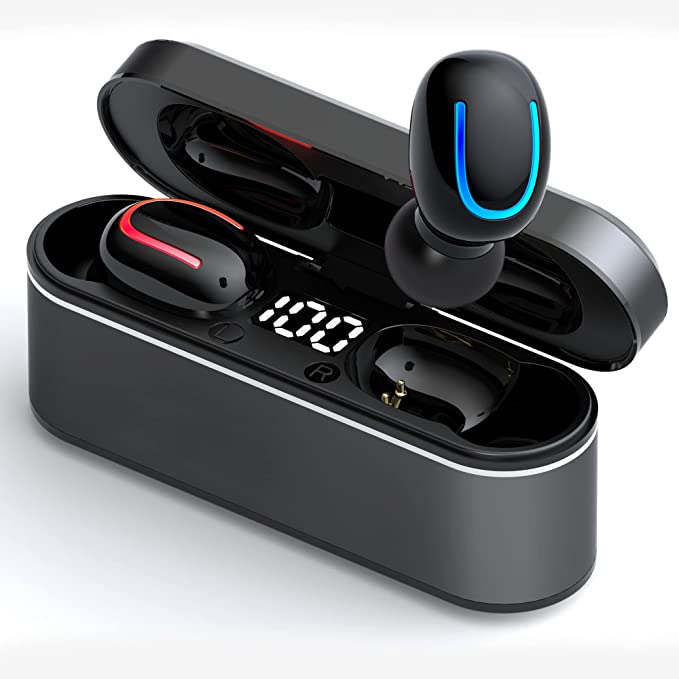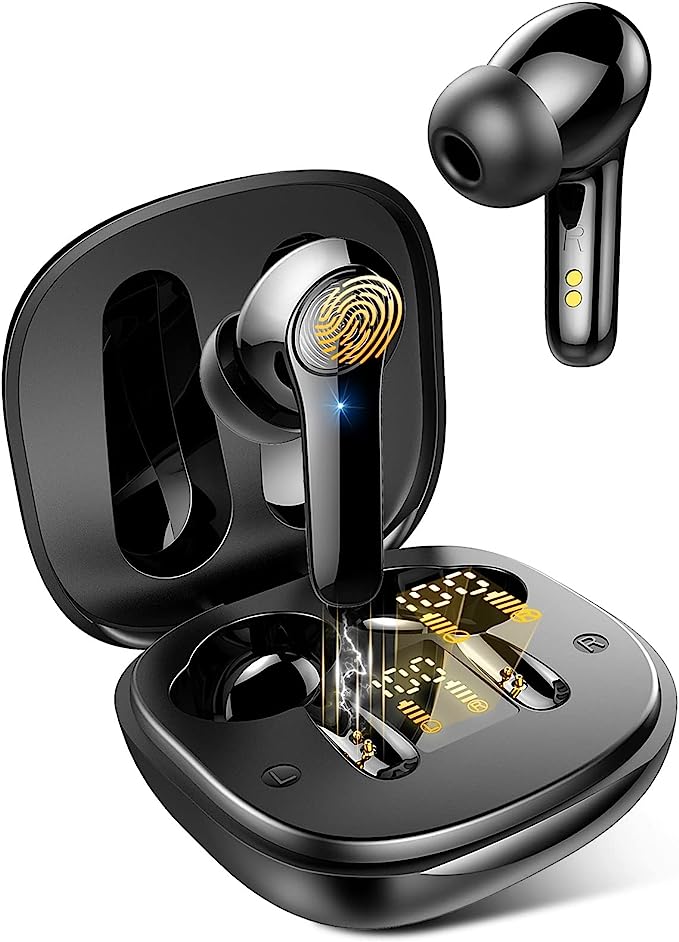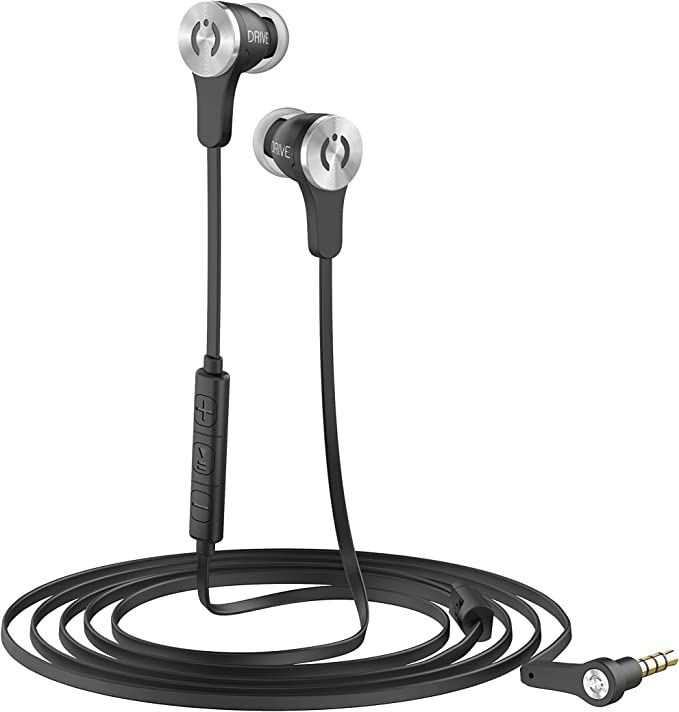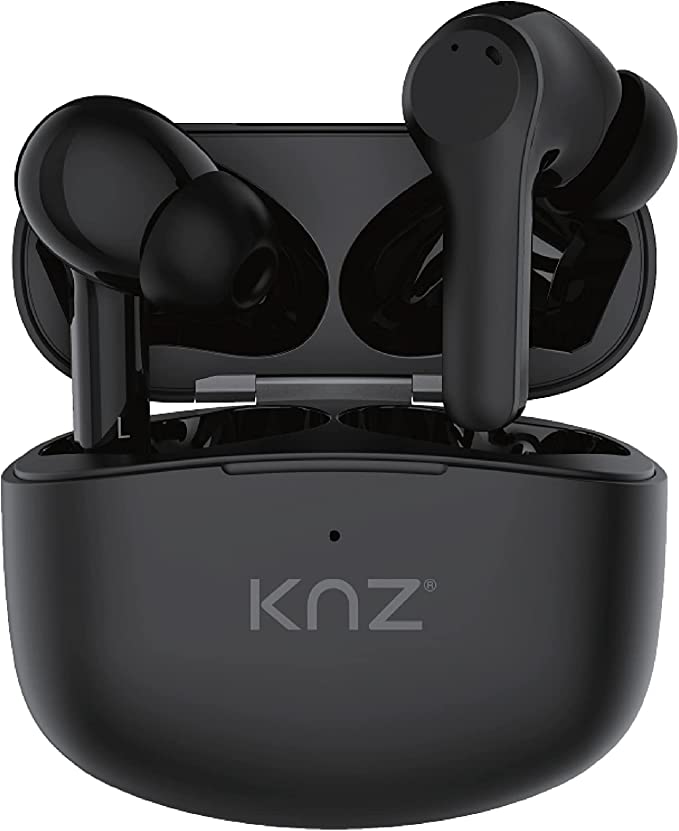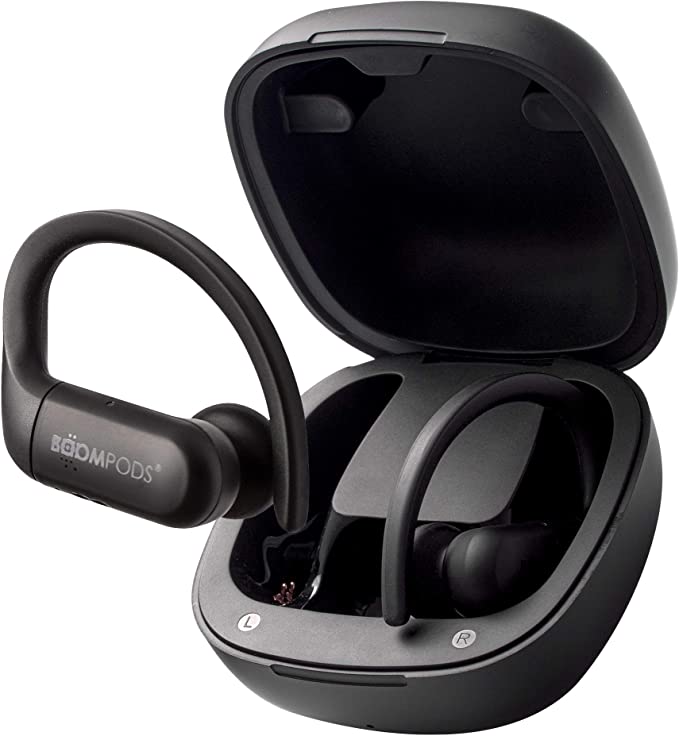Xiaomi OpenWear Stereo Hi-Res LHDC Earbuds: Hear the World, Feel the Music
Update on Aug. 4, 2025, 11:54 a.m.
For decades, the holy grail of personal audio has been silence. We’ve engineered headphones to be fortresses for our ears, using passive seals and active noise cancellation to build a pristine, isolated bubble where our music can exist untainted by the world. It’s a technological marvel that allows us to find focus in a chaotic office or lose ourselves in a symphony on a roaring subway. But this perfect isolation has created a paradox. In our quest to hear everything in our music, we risk hearing nothing of our reality. The cyclist misses the subtle warning of an approaching car; the runner is oblivious to a closing footstep; the parent working from home is cut off from the sounds of their family.
A new philosophy in audio technology is quietly emerging to address this very modern dilemma. It argues that the ultimate listening experience isn’t about isolation, but seamless integration. This idea is powerfully embodied in devices like the Xiaomi OpenWear Stereo Hi-Res LHDC Earbuds, which aren’t just another gadget, but a case study in a fascinating intersection of acoustics, psychoacoustics, and engineering. They pose a radical question: what if the best headphones weren’t the ones that hid the world from you, but the ones that helped you navigate it?

The Brain’s Own Noise-Cancelling Software
Long before engineers invented noise-cancellation, nature equipped us with the most sophisticated audio processor on the planet: the human brain. Think of being at a loud party. Amid the din of music, chatter, and clinking glasses, you can still focus on a single conversation. This phenomenon, known as the “cocktail party effect,” is a marvel of psychoacoustics. Your brain, using inputs from both ears (binaural hearing), performs what scientists call Auditory Scene Analysis. It expertly separates countless sound sources, tags them with location and importance, and allows your conscious mind to select which one to focus on, while relegating the rest to the background.
This is where the genius of an open-ear design lies. Unlike traditional earbuds that plug your ears and starve your brain of this crucial environmental data, an open-ear design keeps that channel open. It allows the full, complex soundscape of your surroundings to reach your auditory system. The earbuds don’t have to decide what’s important; they trust your brain to do what it does best. They deliver your music as one distinct stream of audio, and the world as another, allowing your innate cognitive filters to manage the blend. You hear your podcast, but you also hear the approaching bus, not as a muffled threat, but as a clear piece of spatial information.

The Engineering of Open-Air Bass
Of course, this elegant solution presents a formidable physics problem. How do you deliver rich, powerful sound—especially deep bass—without a sealed chamber to contain the sound waves? Low-frequency sounds have long wavelengths and require moving a significant amount of air to be perceived. In a sealed earbud, this energy is trapped and directed efficiently. An open design is like trying to create a powerful wave in an open ocean instead of a small pool; the energy dissipates.
To overcome this, engineers must essentially overcompensate with raw physical power. The Xiaomi OpenWear earbuds tackle this with a colossal 17x12mm dynamic driver. To put that in perspective, it’s a driver with a surface area vastly larger than the 6-10mm drivers found in most in-ear models. Think of it as the difference between a small piston and a large one. The larger diaphragm pushes a much greater volume of air with each vibration, generating enough acoustic energy to ensure that even after some natural dissipation, a rich and present bass still reaches the eardrum.
But a powerful engine is useless without clean fuel. This is where the digital side of the equation comes in. The earbuds are Hi-Res Audio certified and use the LHDC codec. Bluetooth audio is always compressed, and a basic codec is like a low-resolution photo—it gets the general idea across but loses the fine details. LHDC is a high-bandwidth “language” that transmits significantly more data, ensuring that the sound sent to the powerful driver is as close to the original recording as possible. It preserves the subtle textures and dynamic range that make music feel alive, ensuring the audio quality is as thoughtfully engineered as the physical design.

A Conversation in the Crowd
The same principles of working with the environment, rather than against it, apply to making calls. In a noisy setting, the challenge is to isolate one sound—your voice—from all others. The OpenWear earbuds use a dual-microphone array to achieve this through a process called beamforming. One microphone is angled to focus on your mouth, while the other captures the ambient noise of your surroundings. An AI-powered algorithm then acts as an intelligent mixer, comparing the two signals. It amplifies the signal that is unique to the primary microphone (your voice) while actively subtracting the common background noise, resulting in remarkably clear calls even when the world around you is anything but quiet.

The Future of Hearing is Not Hiding
When you combine this intelligent audio engineering with a lightweight, ergonomic form factor and a total battery life of up to 38.5 hours, the design philosophy becomes clear. This is a device intended not for discrete listening sessions, but for all-day integration. It is a tool for the urban professional who wants to switch seamlessly between a conference call and a podcast while walking to lunch, or for the parent who wants to enjoy an audiobook while keeping an ear out for their children playing in the next room.
The evolution of personal audio has been a fascinating journey. We began with the Sony Walkman, which created the first private, mobile sound bubble. Then, technology like Bose’s QuietComfort perfected that bubble, making it nearly impenetrable. Now, devices like the Xiaomi OpenWear are suggesting a new path. They represent a shift away from technology as a shield and toward technology as a sense-enhancer. They don’t replace our reality; they add a new layer to it. The future of audio, it seems, isn’t about creating the perfect escape, but about building a more elegant and aware connection with the world we inhabit.



